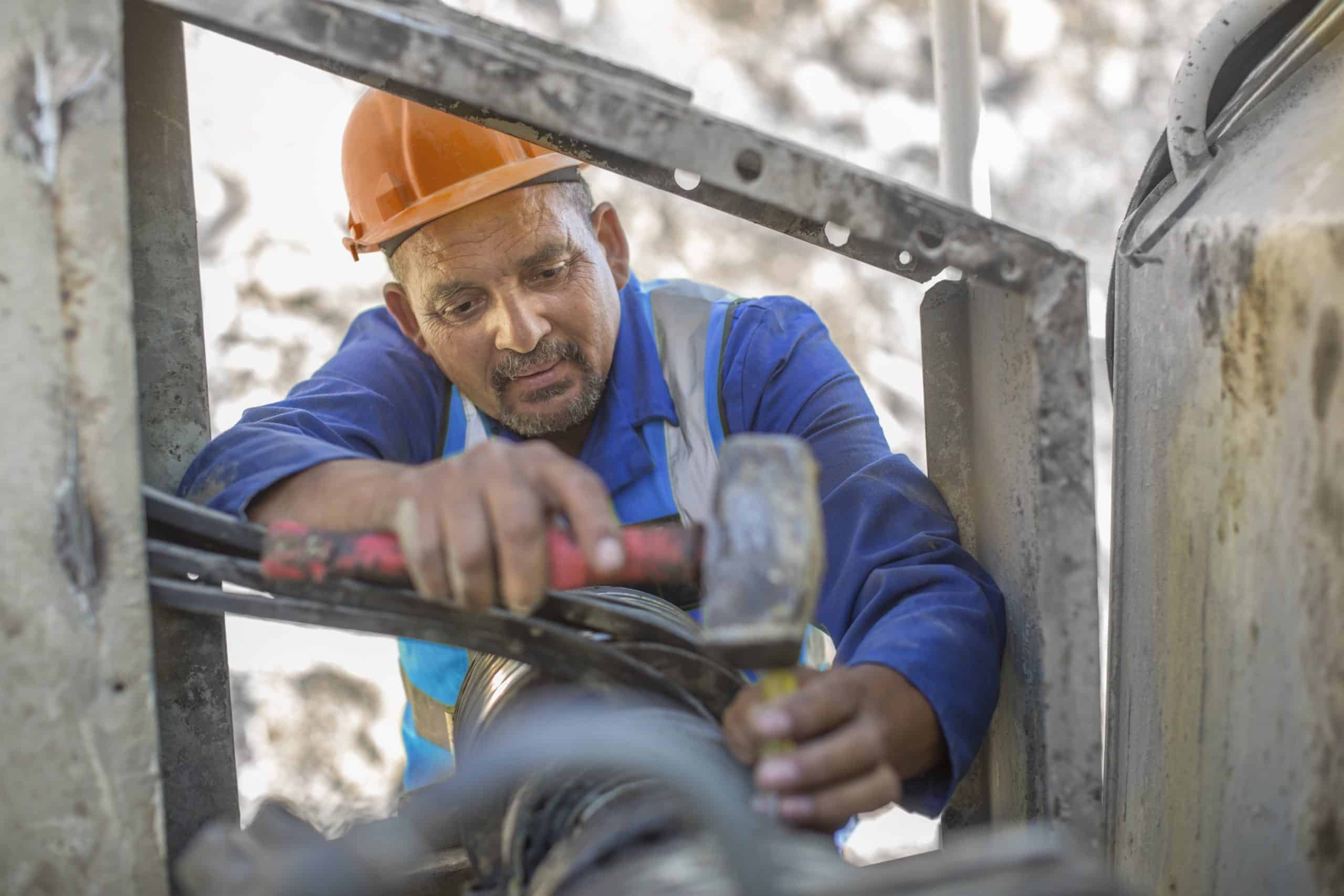What Are the Latest Trends in Workspace Design for Post-Pandemic Real Estate?

COVID-19 has had a significant impact on the way we work and live, leading to a seismic shift in office design and real estate. As businesses begin to adapt to a post-pandemic world, the way we design and use our workspaces is being reimagined. This article will delve into the major trends that are shaping the future of workspace design and how they are influenced by the demands and changes brought on by the pandemic.
Workspace Design Trends in a Post-Pandemic World
Before diving into the specifics, it’s essential to understand the bigger picture. The pandemic has altered the nature of work, turning office spaces into flexible zones that cater to a hybrid work model. Employees’ needs and preferences have shifted, and workspace designs are now geared towards meeting these new expectations.
Also read : How to Optimize Property Management with AI-Based Predictive Analytics?
The Rise of the Hybrid Workspace
One of the most notable trends in workspace design is the rise of the hybrid workspace. The pandemic has made it clear that employees can effectively work from home, but it has also underscored the importance of in-person collaboration. As such, office spaces are being redesigned to accommodate both remote and in-office employees.
Companies are reducing their office space footprint and instead investing in flexible, adaptable workspaces that can serve multiple purposes. The traditional cubicle setup is giving way to a more open layout with movable furniture, shared desks, and collaboration zones.
Also read : How to Implement Smart HVAC Systems in High-Rise Office Buildings?
Health and Wellness at the Forefront
Another prominent trend in workspace design is the increased focus on health and wellness. Real estate companies are now under pressure to provide workplaces that ensure safety and promote better health.
This trend has led to a surge in demand for spaces with ample ventilation, natural lighting, outdoor areas, and biophilic design elements. Additionally, cleanliness and sanitation have become crucial design considerations. For example, touchless technology and antibacterial surfaces are becoming more prevalent in office spaces.
Digitally Enabled Workspaces
The pandemic has accelerated the digital transformation in the workplace, and this is reflected in the design of office spaces. The future workplace is expected to be digitally enabled, facilitating seamless collaboration and communication among employees, whether they are working onsite or remotely.
This trend has led to the incorporation of advanced technology into workspace design. For instance, interactive digital screens, smart boards, and high-speed internet connectivity have become essential features of modern workplaces.
Real Estate Trends in a Post-Pandemic World
The workspace design trends highlighted above have significant implications for the real estate industry. The demand for office space is changing, and real estate companies are having to rethink their strategies to stay relevant.
A Shift Towards Suburban and Secondary Markets
The migration from city centers to suburban areas is a trend that has gained momentum during the pandemic. With the rise of remote work, employees are no longer tied to a specific location and can choose to live in areas that offer a better quality of life.
This shift in demand is making suburban and secondary markets more attractive to real estate investors. These markets offer larger spaces that can accommodate the hybrid work model and health-centric design elements.
The Need for Flexible Lease Terms
Given the uncertainty surrounding the future of work, companies are looking for more flexible lease terms. Real estate providers are responding by offering shorter leases and more flexible contracts.
This trend towards flexibility extends beyond lease terms. Companies are also seeking flexibility in the design and configuration of office spaces. This demand is pushing real estate companies to offer office spaces that can be easily reconfigured to adapt to changing needs.
The Rise of Co-working Spaces
The demand for co-working spaces was on the rise pre-pandemic, and it has only accelerated in the post-pandemic world. Co-working spaces offer businesses a flexible, cost-effective solution to meet their office space needs.
These spaces are also well-suited to the hybrid work model, as they can provide employees with a professional workspace when they need to work outside of the home. As such, real estate companies are investing heavily in co-working spaces, anticipating that this trend will continue to grow in the future.
From hybrid workspaces to health-centric designs and digitally enabled environments, the trends in workspace design and real estate are changing rapidly. And as we adapt to a post-pandemic world, these trends will continue to evolve, shaping the future of work and the spaces in which we do it.
The Impact of the Pandemic on Commercial Real Estate
Commercial real estate, especially office spaces, has been profoundly affected by these trends. The pandemic compelled many businesses to vacate their premises temporarily or permanently, leading to vacancies and a decline in demand. However, the post-COVID world presents unique opportunities for landlords and investors who are prepared to adapt.
In an effort to retain existing tenants and attract new ones, landlords are redesigning their office spaces to meet the requirements of the post-pandemic era. This includes creating a hybrid work environment with flexible workspaces, investing in health-focused amenities, and integrating advanced technology. Landlords are also offering more flexible lease terms to cater to businesses that may still be dealing with uncertainty.
Additionally, there has been a notable shift away from densely populated urban cores like San Francisco, leading to a decline in their respective real estate markets. However, this has presented an opportunity for secondary cities and suburban areas, which are seeing increased demand. The rise in remote work has made it possible for employees to work from anywhere, leading many to opt for locations with a lower cost of living and a better quality of life.
For investors, commercial real estate has always been a game of anticipation and adjustment. Those who can accurately predict and adapt to these trends stand to profit in the post-pandemic world. As such, savvy investors are now looking at suburban office buildings, co-working spaces, and properties that can be converted into flexible workspaces as lucrative investment opportunities.
Conclusion: The Path Forward in Post-Pandemic Workspace Design
The COVID pandemic has undeniably reshaped the world of work and, by extension, the real estate industry. As we move forward into the post-pandemic era, workspace design trends are expected to continue evolving in response to the needs and preferences of the workforce.
The future of workspace design lies in flexibility. Whether in terms of layout, location or lease terms, flexibility is the keyword in the post-pandemic office sector. Businesses are clamoring for spaces that can accommodate a hybrid work model, allowing for a mix of remote and in-person work.
Health and wellness will continue to be at the forefront of office design. Landlords and businesses alike will need to ensure their spaces promote wellbeing and provide a safe environment for those returning to the office.
Finally, the digital transformation of the workplace will continue to influence design trends. Office spaces will need to be equipped with the technology necessary to facilitate seamless remote work and collaboration.
The pandemic has presented significant challenges for the real estate industry, but it has also provided an opportunity for innovation and change. By embracing these trends and working towards creating workspaces that meet the needs of the post-pandemic workforce, the industry can look forward to a resilient and vibrant future.
